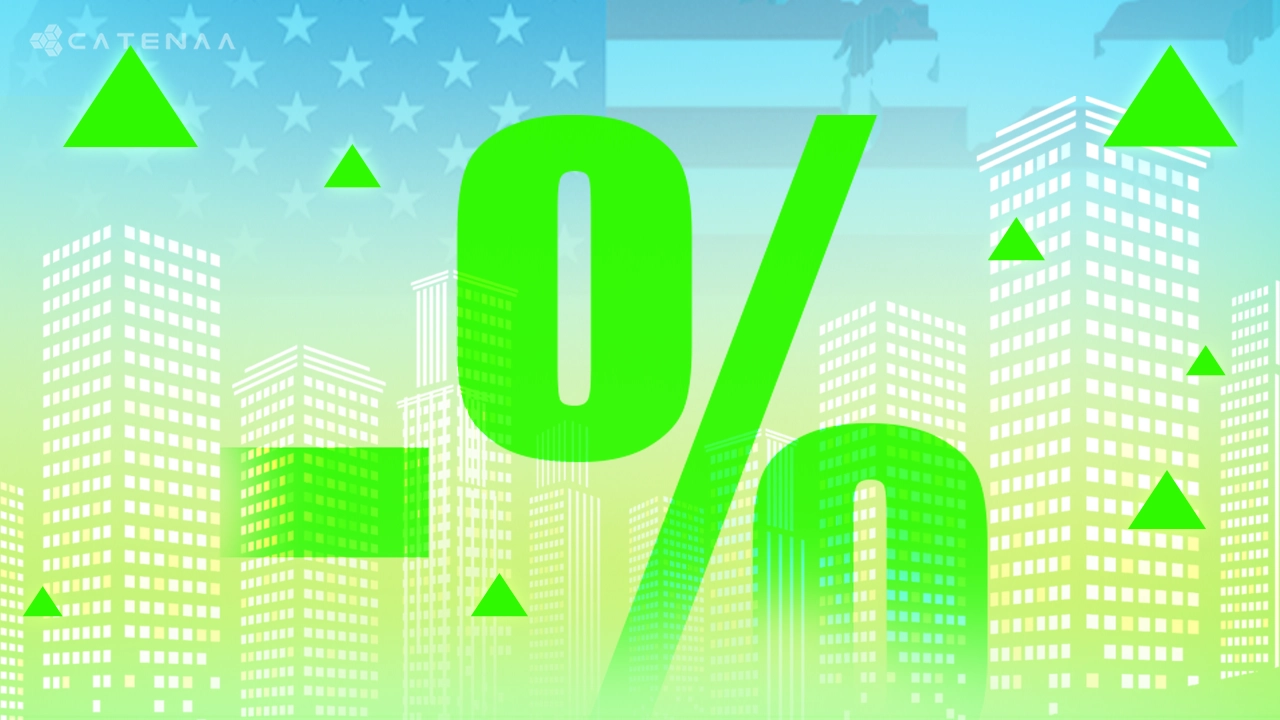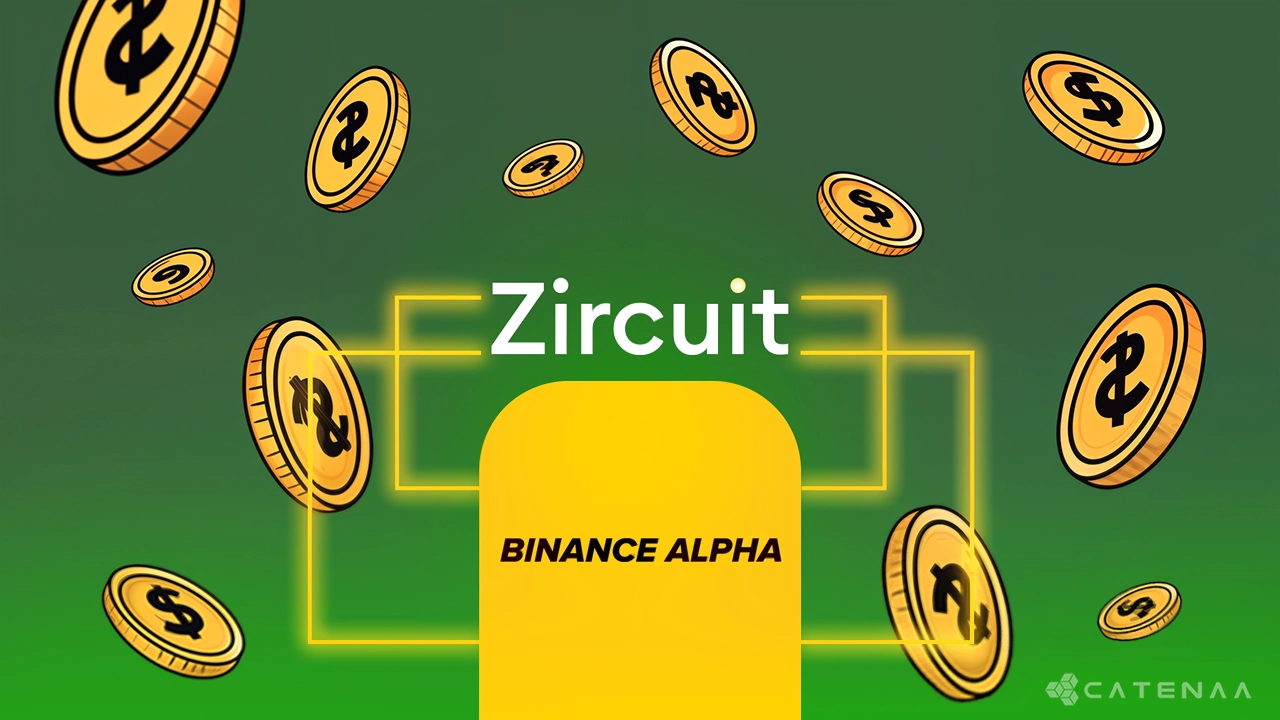Catenaa, Monday, June 16, 2025- Stocks of newly listed public companies are surging in their first sessions at the fastest pace since 2021, a Bloomberg report said on Monday, as investors’ appetite increases for US stocks.
Data compiled by Bloomberg, with conservative cable channel Newsmax Inc.’s wild 735% opening gain in March, following its $75 million offering, three companies raising at least $50 million on US exchanges this year have more than doubled on their first trading day, most since nine US-listed debutantes managed the feat in 2021’s IPO boom.
Drone maker Airo Group Holdings Inc. ended Friday with a gain of 140%, a day after raising $60 million in its initial public offering, and coming barely a week after stablecoin issuer Circle Internet Group Inc. surged 168.5% immediately following its $1.2 billion IPO.
Professional traders and retail investors often drive a first-day rally, snapping up the stock as early as they can and riding the momentum. Most of these buyers weren’t able to get their hands on the shares during the IPO itself, however.
That’s because companies prefer to allocate shares sold in IPOs to mutual funds that base their investment strategies on a fundamental view of a company’s prospects, and that, notionally at least, have committed to remain long-term backers.
According to data compiled by Jay Ritter, Professor of Finance at the University of Florida, between 1980 and 2023, there were 316 companies listed on US exchanges whose shares doubled on their first day of trading, excluding those with offer prices below $5 per share, units and American depositary receipts.
Nearly 90% of these IPOs had negative three-year buy-and-hold returns versus the price at which they closed their opening session, and the average loss was a painful 46%, Ritter’s data showed.
Online used car retailer Vroom Inc., which returned 118% in its first day of trading post-IPO in June of 2020, is a representative example. The company filed for Chapter 11 last year and emerged in January after completing a recapitalization that included an arrangement similar to a one-for-five reverse stock split.


